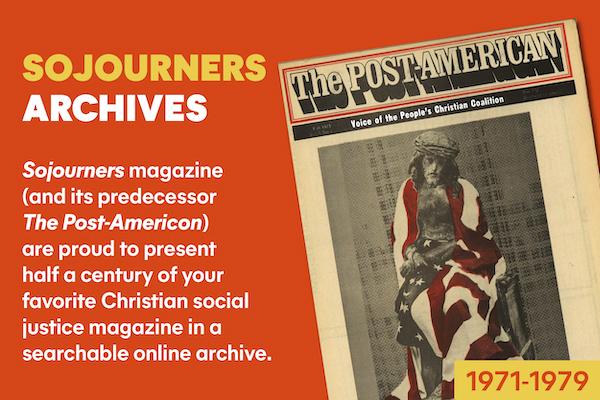The Front has Woody Allen in a semi-serious role about a very serious subject -- the blacklisting that went on in Hollywood in the ‘50s. The Front also stars Zero Mostel and Hershal Bernardi, is written by Walter Bernstein, and produced and directed by Martin Ritt, all of whom were blacklisted themselves for years.
Woody Allen is Howard Prince, an enterprising restaurant cashier and part-time bookie who fronts for three blacklisted writers. Since he presents the material of three men to the studios as his own, he appears to be a fresh and uncommonly productive young writer. He enjoys success, money, and the adoration of a young woman who is in love with his literary prowess.
The blacklisting seems to produce three types of people: those who join with the right-wing witch hunters, those who protest and are destroyed, and those who compromise. Howard Prince is basically a compromiser, who strangely finds himself on the side of right by providing the banned writers with an income (after skimming off his percentage).
The film opens with a montage of newsreel footage contrasting images of the '50s: Marilyn Monroe, the Rosenbergs, soldiers, and more soldiers. A family descends into their bomb shelter, reminding us of the irony of a nation that built thousands of bomb shelters while escalating a weapons industry to make the use of those shelters more likely. Instead of working for peace, people devised schemes for survival on a wasted and polluted planet.
The mentality was that we could destroy a good portion of the world while remaining untouched by that destruction ourselves. There would be no loss of comfort, at least for those who could afford a shelter. Today we have an underground village designed for the refuge of America’s ruling elite, so that the people responsible for plunging us into a nuclear war can escape its consequences.
The front, Howard Prince, tries for a while to avoid taking a stand. As people disappear from the studio, he refuses to admit the problem. He wants to remain isolated in his new success from the problems of other people. When his high-minded girlfriend demands that he speak out saying, “You live in the world,” he answers, “No, you live in the world. I live right here.” Right here being his new plush apartment.
If the people who don’t take a stand limit their vision to exclude the rest of humanity, the witch-hunters limit the scope of their ethics. The man who heads the Hollywood hunt sits behind a door marked “Freedom Information” as he violates people’s civil rights. His is a truth for which you trample people.
This kind of idealism is probably worse than Prince’s pragmatism, which at least retains some human consideration. It is ironic to hear him discuss the tricky enemies of the communist conspiracy as he asks Jewish comedian Heeky (Zero Mostel) to inform on his co-workers. “Who are Prince’s friends, what does he do in his spare time, what are his stands on issues today?”
The film leads the viewer, along with the apathetic Prince, to a growing question: “Do these people, do any people, have the right to ask these questions?” Their methods of trying to get people to report on others bring out a baseness. The blacklisted people are left without any rights.
In a scene taken from his own life Zero Mostel plays a blacklisted comedian who is promised $500 to play a club where he previously got $3000 a night. In the end he is given $250. He is defenseless. All the club owner has to do to justify his treatment is to yell, “Red!”
What created the kind of climate that gave McCarthyism full reign? Except for the initial newsreel montage, little link is made with the social milieu of the ‘50s. Maybe the authors assume a familiarity with the circumstances that those of us who were children in the ‘50s don’t have. We are presented with some of the facts of what transpired without any historical perspective. Because we view the period mainly through the eyes of bystander Howard Prince, we get no clues to the thinking of either left- or right-wing people. Why did they clash? What were the links between the McCarthy mentality and the rest of America in the ‘50s? The period music and clothes don’t say enough.
Sharon Gallagher was on the editorial staff at Sojourners when this article appeared.

Got something to say about what you're reading? We value your feedback!
